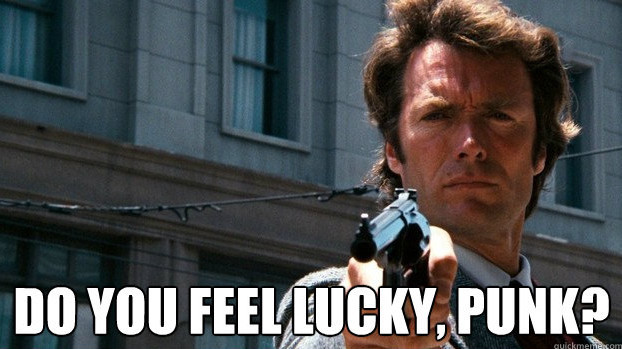My CAMO engineer (with 40+ years in aircraft maintenance) recently described his experience with bent props in a conversation. According to him, the direction in which the blades are bent (forward or back) shows whether the tip strike occurred at high or low instantaneous engine power; low-power strikes cause engine damage only very rarely, while high-power ones are quite dangerous.
That sounds very plausible. Also high power strikes are much less obvious to the pilot.
I was taxiing on grass, so running at high power.
That engine had two lots of NDT (one after this and one after a 2008 rebuild for SB569) and it is about to get a 3rd one, but I have another one now which has just been NDTd too.
All this work gets done away from Lycoming. It’s a great free market!
Incidentally that writeup has some notes on the crankshaft issue which I had checked by some people close to the scene.
Peter wrote:
NDT
Quis custodiet ipsos custodes?
Link done.
It also depends on what it hits, not just the power.
A previous owner of my aircraft taxied into a car at idle power (forward visibility is very limited with the tail on the ground, and he just never saw it). The prop chopped through the offside wing of the car all the way up to the A pillar (and broke the windscreen), making the front quarter of the car look like sliced bread.
The crank was bent, also the engine mounting frame and engine mounts were also distorted. But anyone can see that hitting a car at low power and slicing it up is a bit more severe than tagging a prop tip on a raised piece of ground at low power.
Quis custodiet ipsos custodes?
I had to do a google on that because – unlike Dan Quayle – I can’t speak Latin 
It also depends on what it hits, not just the power.
The problem with trying to put magnitudes on the risk is this:

I have known people who will take the risk, both owners and engineers advising owners, and there are probably a lot more who will put the plane up for sale without disclosing it… people generally sell planes for the same reasons they sell cars. There will never be a comeback because nobody can prove the cause.
What I have heard from engine shops is that the chances of finding cracks are not closely related to what happened. One shop told me they had a gear up landing and the prop was severaly mangled, blades bent by 45 degrees etc. But the engine NDTd fine. You could gear a gear up in a hangar (somebody messing with the squat switches when off jacks, jack collapse, etc) and get a damaged prop, and the engine could be clean, or the end of the crank “just slightly bent” which will shag the main bearing fast. And a cracked crankcase, bent frame, bent firewall. It doesn’t take much.
You just can’t tell.
Peter wrote:
or the end of the crank “just slightly bent” which will shag the main bearing fast
According to the same CAMO engineer, this will almost inevitably result in an oil leak in front of the engine. Buyer beware.
Peter wrote:
I can’t speak Latin
You were just educated in the wrong country, what can I say? 
Timothy wrote:
Quis custodiet ipsos custodes?
Which for people who communicate in a current versus an obsolete language means “who will watch the watchman”. I’m not sure how that applies to a prop strike diagnosis and repair. In that situation the owner typically employs a A&P mechanic to repair his plane and they collaborate in deciding the best method for diagnosis and repair, based on the owner’s risk assessment and direction. They may utilize service bulletins from the engine manufacturer in making that choice. The A&Ps logbook entry has to factual and legal. What were you trying to say?
The issue in risk assessment to me is that for quite a few aircraft engine types having undergone a minor prop strike, especially with a non-metallic prop, followed by an positive external inspection (without engine disassembly), it’s not clear to me whether engine disassembly decreases or increases the risk of problems in subsequent operation. That probably depends most on who would be doing the engine work.
Silvaire wrote:
Which for people who communicate in a current versus an obsolete language means “who will watch the watchman”. I’m not sure how that applies to a prop strike diagnosis and repair
I think that this was a reference to Peter’s use of NDT, which could be an “obscure abbreviation” or “Acronym” when he’s the Watchman….. See THIS